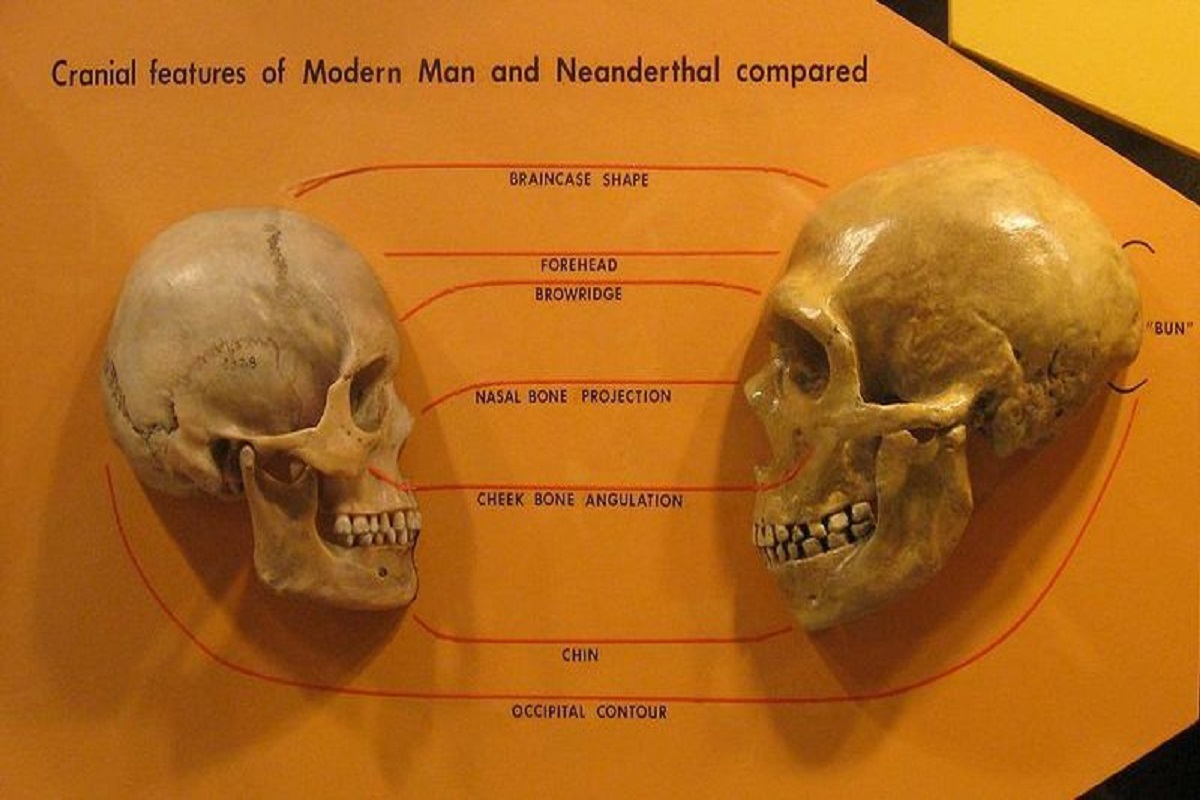- The size of a Neanderthal’s brain was equal to a modern human.
- Soft tissue doesn’t survive well in the fossil record.
- Nothing is known about Neanderthal brain development.
The size of a Neanderthal’s brain was equal to, if not slightly larger than, that of a modern human, according to research on ancient skulls. However, because soft tissue doesn’t survive well in the fossil record, nothing is known about Neanderthal brain development.
The Neanderthals, the Stone Age hominins that lived in Europe and certain regions of Asia before going extinct approximately 40,000 years ago, may have had a cognitive advantage over modern humans, or Homo sapiens, according to an intriguing study that was published on September 8.
Researchers from the Max Planck Institute of Molecular Cell Biology and Genetics in Dresden, Germany, claim to have discovered a genetic mutation that caused the brains of Homo sapiens to produce neurons more quickly. The gene in question, called TKTL1, has a Neanderthal version that differs from the present human variant by one amino acid.
Wieland Huttner, professor and emeritus director at the institute and research author, said, “We’ve uncovered a gene that contributes to making us human.”
The study team discovered that the modern human variation of the gene caused an increase in a particular type of… cell that generates neurons in the neocortex region of the brain when the two copies of the gene were put into mouse embryos.
According to the study, which was published in the journal Science, the team reasoned that this capacity to produce more neurons likely gave Homo sapiens a cognitive advantage unrelated to overall brain size, indicating that contemporary humans have “more neocortex to work with than the ancient Neanderthal did.”
As a result, Huttner said, “We may presume that modern humans have more neurons in the frontal lobe of the brain, where TKTL1 activity is highest, than Neanderthals, even though we do not know how many neurons the Neanderthal brain had.”
He continued, “There has been debate about whether Neanderthals’ frontal lobes were comparable in size to modern humans.
“But we don’t need to care because (from this research) we know that modern humans must have had more neurons in the frontal lobe … and we think that that is an advantage for cognitive abilities.”
While the animal trials showed “quite a dramatic change” in neuron development, according to Alysson Muotri, professor and director of the Stem Cell Program and Archealization Center at the University of California San Diego, the difference was more subtle in the organoids. He wasn’t a part of the study.
The archaic TKTL1 gene was not specific to Neanderthals, according to Muotri. “This was only done in one cell line, and since we have great variability with this procedure of brain organoids, it would be perfect to repeat the research with a second cell line,” he added. Since Western Europeans have been the main focus of most genetic databases, it’s likely that additional human populations share the Neanderthal variant of that gene.
To establish differences between Neanderthal and contemporary human intellect, he remarked, “I think it is rather early.”
Recent archaeological discoveries indicate that Neanderthals were more advanced than popular culture’s portrayals of brutish cavemen might imply. Our ancestors employed sophisticated tools and could survive in both cold and hot climes. In addition, they swam, produced yarn, and made art.
Svante Pääbo, a geneticist and study co-author who serves as the director of Leipzig, Germany’s Max Planck Institute for Evolutionary Anthropology, was a pioneer in the endeavor to extract, sequence, and analyze ancient DNA from Neanderthal bones.
[embedpost slug=”dragon-man-skull-discovered-in-china-prompts-reconsideration-of-human-evolution”]





















